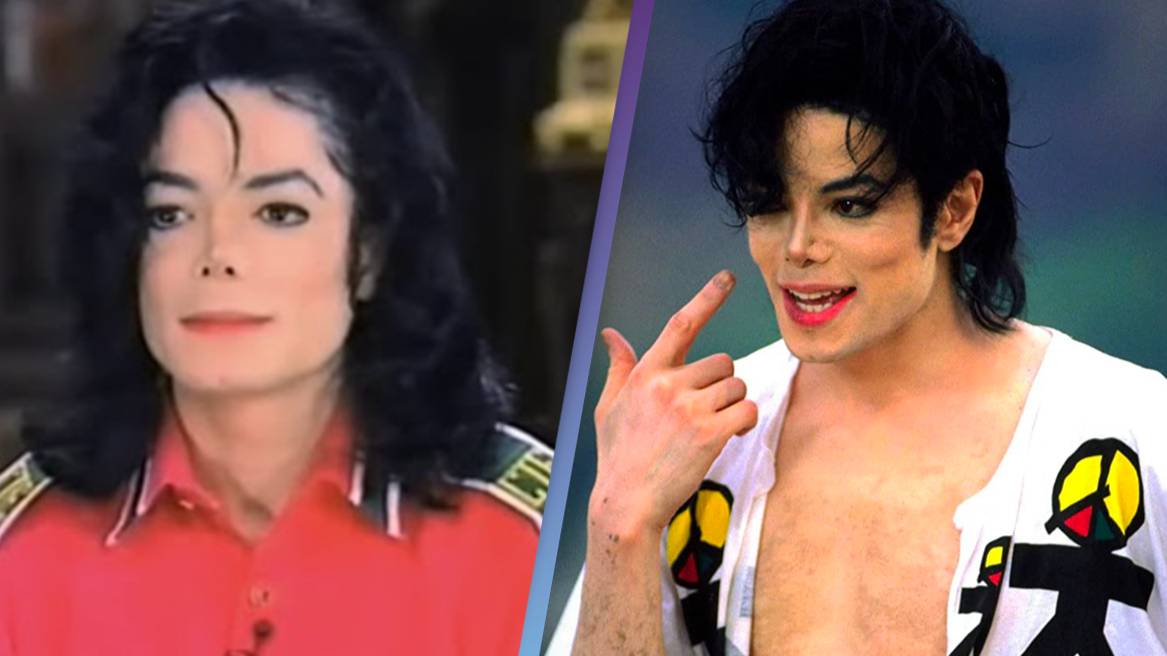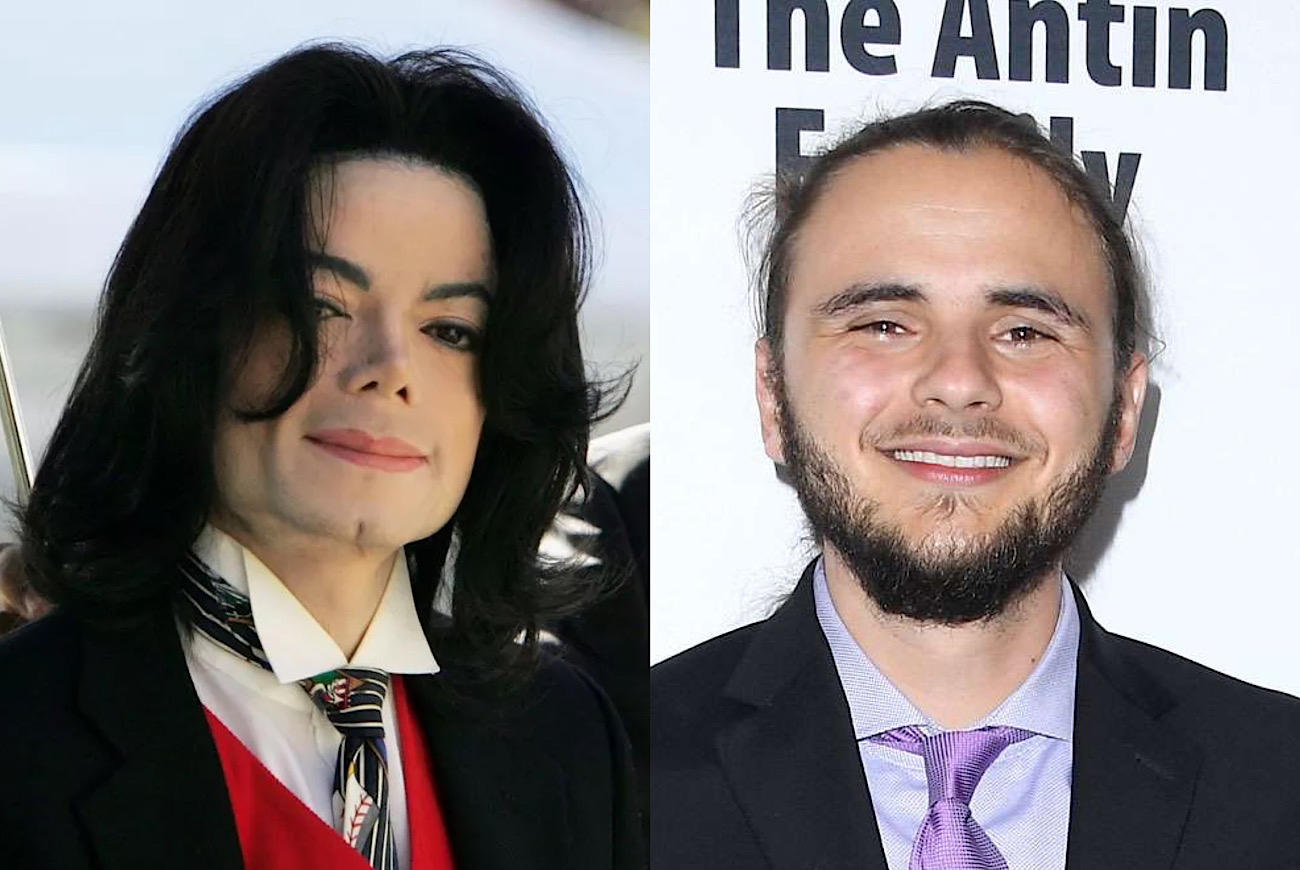Michael Jackson's Skin Disorder: The Truth Behind His Transformation
Michael Jackson's skin disorder has been a topic of fascination and speculation for decades. The King of Pop's transformation over the years sparked numerous rumors, with many questioning whether his changing appearance was due to illness, lifestyle choices, or cosmetic procedures. In this article, we will delve into the truth behind the skin condition that Michael Jackson battled with throughout his life.
As one of the most iconic figures in music history, Michael Jackson's public persona was always under scrutiny. However, his battle with a rare skin condition was often misunderstood and misrepresented by the media. This article aims to provide a comprehensive understanding of the skin disorder Michael Jackson had, separating fact from fiction.
By exploring the medical aspects, personal struggles, and public perception surrounding Michael Jackson's condition, we hope to shed light on the realities of living with such a disorder. Let's begin our journey into understanding the challenges faced by this legendary artist.
Read also:Andy Stowers The Man Behind The Music Revolution
Table of Contents
- Michael Jackson's Biography
- Overview of Skin Disorders
- The Skin Disorder Michael Jackson Had
- What is Vitiligo?
- Diagnosis and Treatment Options
- Public Perception and Media Speculation
- Impact on Michael Jackson's Life
- Common Misconceptions About Vitiligo
- Living with Vitiligo: Tips and Coping Strategies
- Conclusion and Final Thoughts
Michael Jackson's Biography
Michael Joseph Jackson was born on August 29, 1958, in Gary, Indiana. He rose to fame as a member of The Jackson 5 before embarking on a solo career that would make him one of the best-selling music artists of all time.
Below is a brief overview of Michael Jackson's personal and professional life:
Biographical Information
| Full Name | Michael Joseph Jackson |
|---|---|
| Date of Birth | August 29, 1958 |
| Place of Birth | Gary, Indiana, USA |
| Occupation | Singer, Songwriter, Dancer |
| Known For | King of Pop, Thriller Album, Iconic Dance Moves |
Overview of Skin Disorders
Skin disorders encompass a wide range of conditions that affect the skin, the body's largest organ. These conditions can be caused by genetic factors, environmental influences, or underlying health issues.
Some common skin disorders include eczema, psoriasis, acne, and vitiligo. Each condition presents unique symptoms and challenges for those affected. Understanding the nature of these disorders is crucial in addressing their impact on individuals' lives.
The Skin Disorder Michael Jackson Had
Michael Jackson was diagnosed with vitiligo, a chronic skin condition characterized by the loss of pigmentation in the skin. This disorder led to significant changes in his appearance over the years, sparking widespread speculation about his health and lifestyle choices.
Symptoms of Vitiligo
- Patches of depigmented skin
- Increased sensitivity to sunlight
- Potential discoloration of mucous membranes
These symptoms often result in emotional and psychological challenges for individuals affected by vitiligo, as they can alter one's appearance significantly.
Read also:Unveiling The Truth About Indy Clinton Age A Deep Dive
What is Vitiligo?
Vitiligo is an autoimmune disorder where the body's immune system attacks melanocytes, the cells responsible for producing skin pigment. This leads to the development of white patches on the skin.
According to the American Academy of Dermatology, vitiligo affects approximately 1% of the global population, with cases occurring across all ethnic groups. The exact cause of the condition remains unknown, but genetic and environmental factors are believed to play a role.
Diagnosis and Treatment Options
Diagnosing vitiligo typically involves a physical examination by a dermatologist, who may use specialized tools like a Wood's lamp to assess the affected areas. In some cases, a skin biopsy may be necessary to confirm the diagnosis.
Treatment options for vitiligo include:
- Topical corticosteroids
- Light therapy
- Depigmentation therapy for extensive cases
It's important to note that treatment outcomes vary from person to person, and managing the condition often requires a personalized approach.
Public Perception and Media Speculation
Michael Jackson's changing appearance was frequently misinterpreted by the media and the public. Many speculated that his skin color change was due to cosmetic procedures or lifestyle choices, rather than a legitimate medical condition.
In a 1993 interview with Oprah Winfrey, Michael Jackson openly discussed his diagnosis, explaining how vitiligo had affected his life. Despite his transparency, rumors persisted, highlighting the challenges of managing public perception when dealing with a sensitive health issue.
Impact on Michael Jackson's Life
The effects of vitiligo extended beyond physical changes for Michael Jackson. The condition influenced his fashion choices, leading him to adopt iconic looks such as the single white glove and various masks.
Emotionally, Michael Jackson faced challenges related to self-esteem and identity. In interviews, he expressed frustration with the media's portrayal of his condition and the impact it had on his personal life.
Common Misconceptions About Vitiligo
Despite increased awareness, several misconceptions about vitiligo persist. Below are some common myths and the facts that debunk them:
- Myth: Vitiligo is contagious.
- Fact: Vitiligo is not contagious and cannot be transmitted through contact.
- Myth: Vitiligo only affects the skin.
- Fact: Vitiligo can also affect mucous membranes and the retina.
Education and awareness are key to dispelling these misconceptions and promoting understanding of the condition.
Living with Vitiligo: Tips and Coping Strategies
For individuals living with vitiligo, managing the condition involves both medical treatment and emotional support. Below are some strategies for coping with vitiligo:
- Seek professional medical advice for personalized treatment plans.
- Practice sun protection to minimize skin damage and discoloration.
- Join support groups to connect with others who share similar experiences.
Embracing self-acceptance and building a strong support network can significantly improve quality of life for those affected by vitiligo.
Conclusion and Final Thoughts
Michael Jackson's skin disorder, vitiligo, was a significant aspect of his life that was often misunderstood by the public. Through this article, we have explored the medical, personal, and societal dimensions of this condition, aiming to provide a clearer understanding of its impact.
As we conclude, it is essential to remember the importance of empathy and understanding when discussing health issues, especially those affecting public figures. We invite you to share your thoughts in the comments below and explore other articles on our site for more information on related topics.
References:
- American Academy of Dermatology
- World Health Organization
- Mayo Clinic


